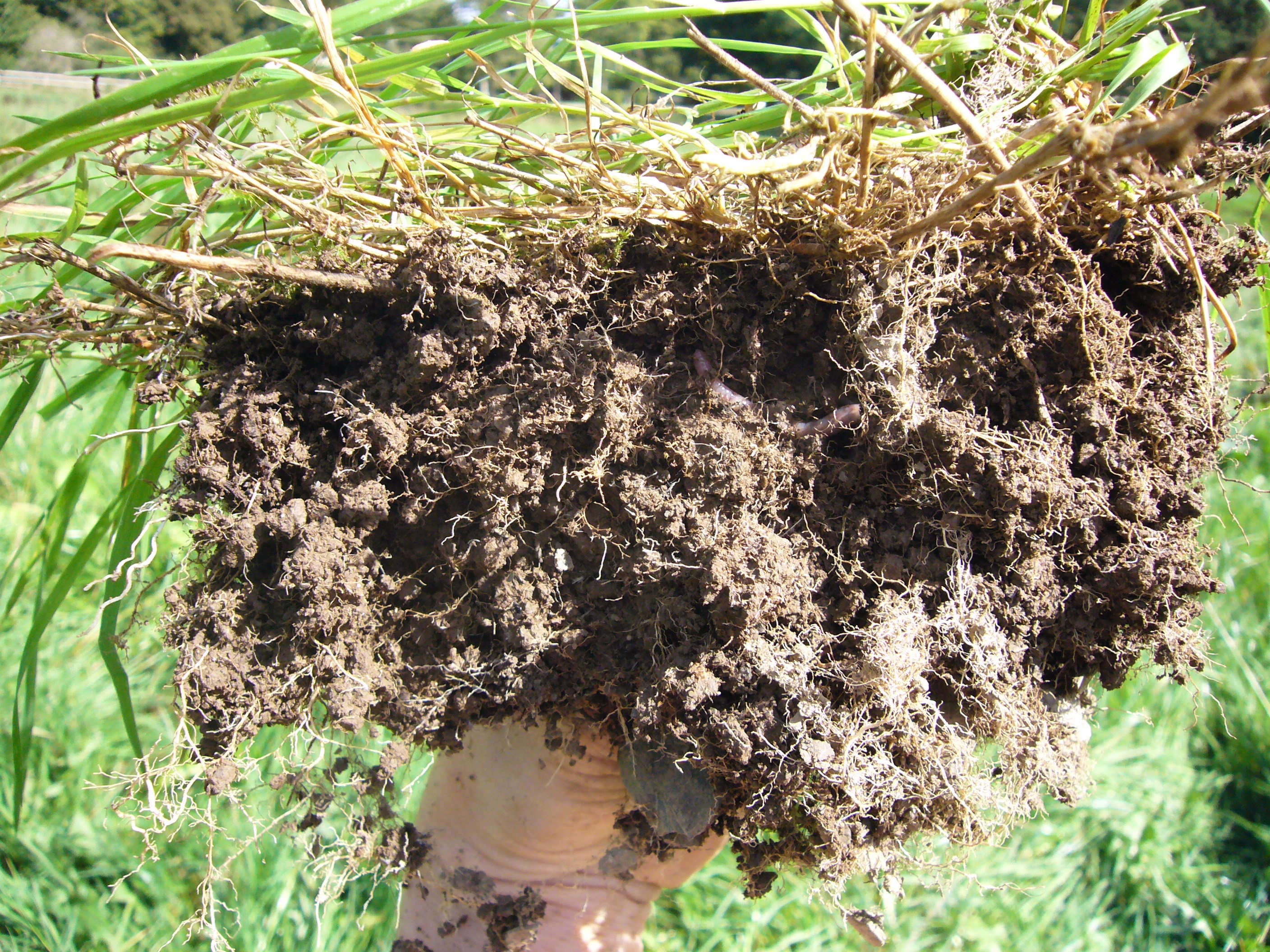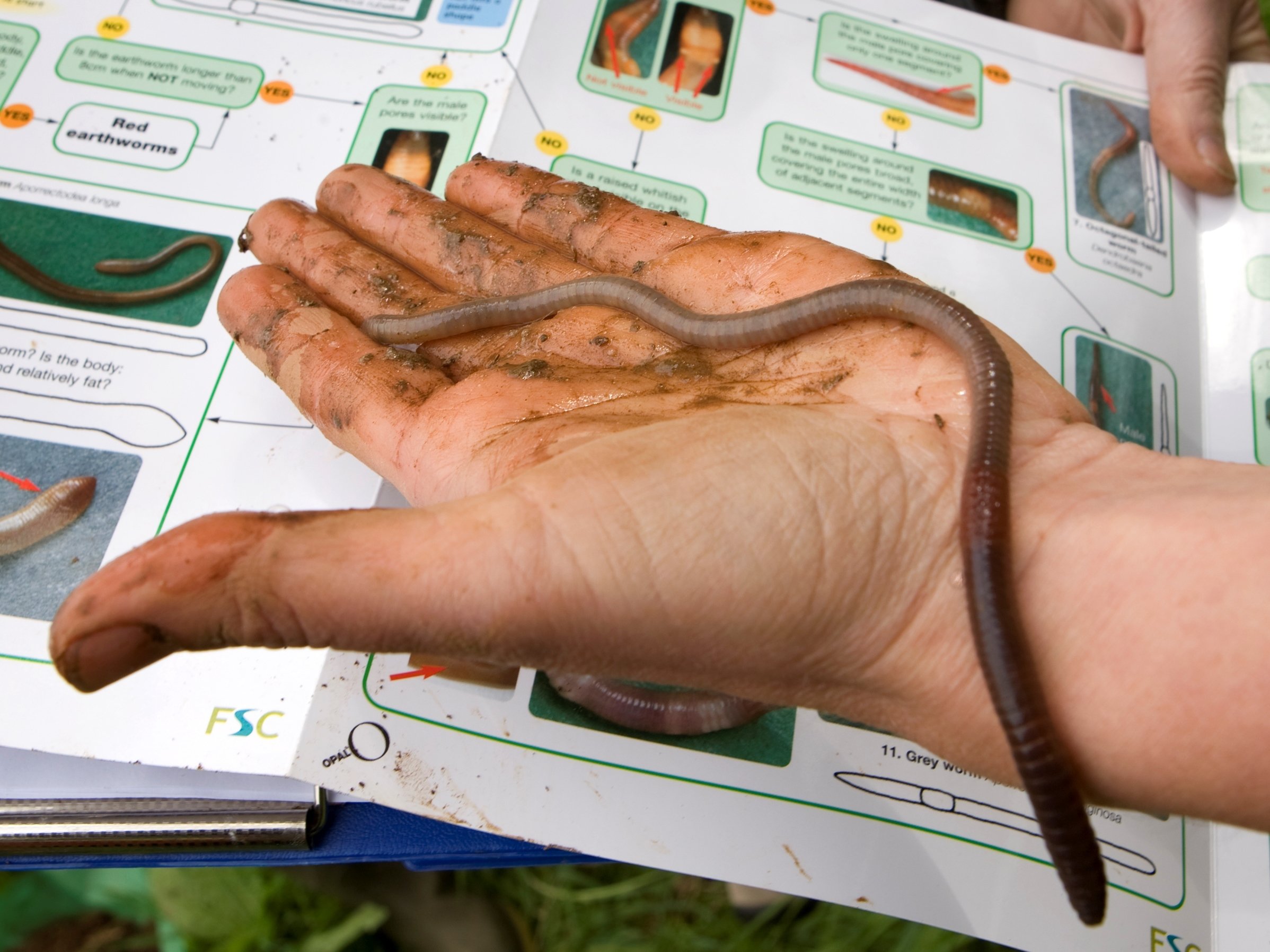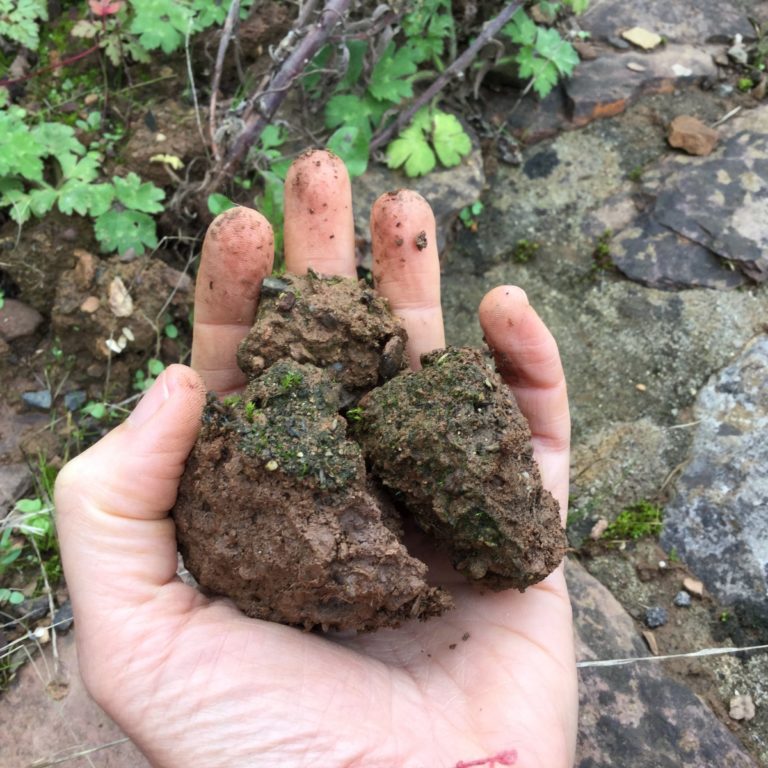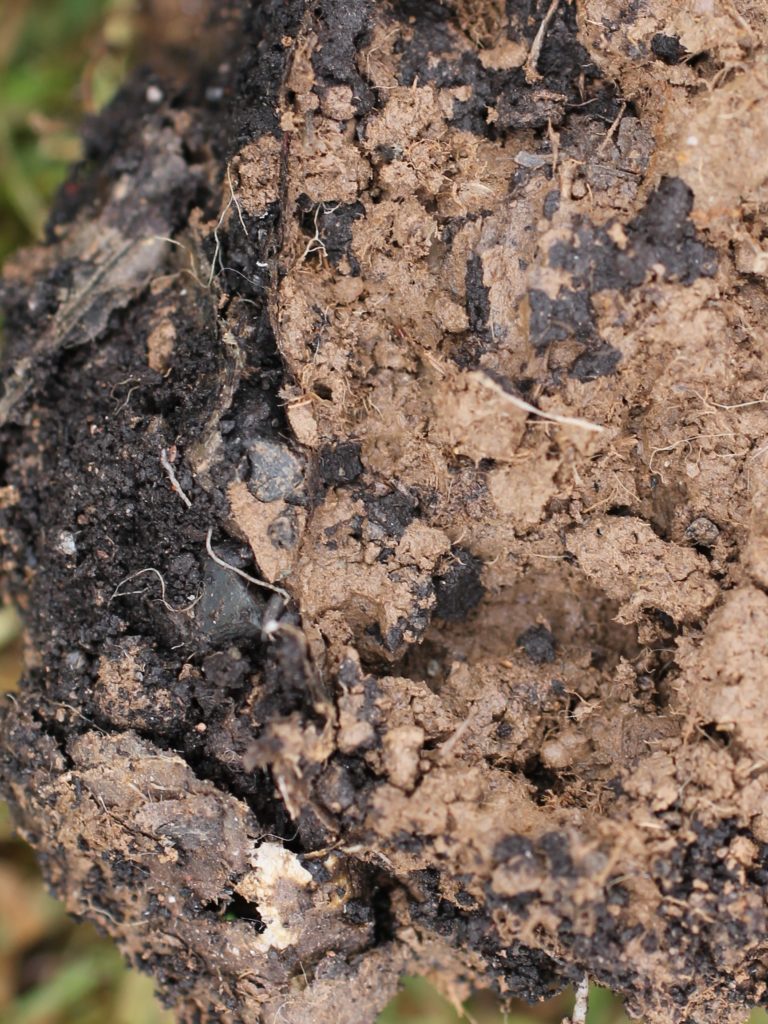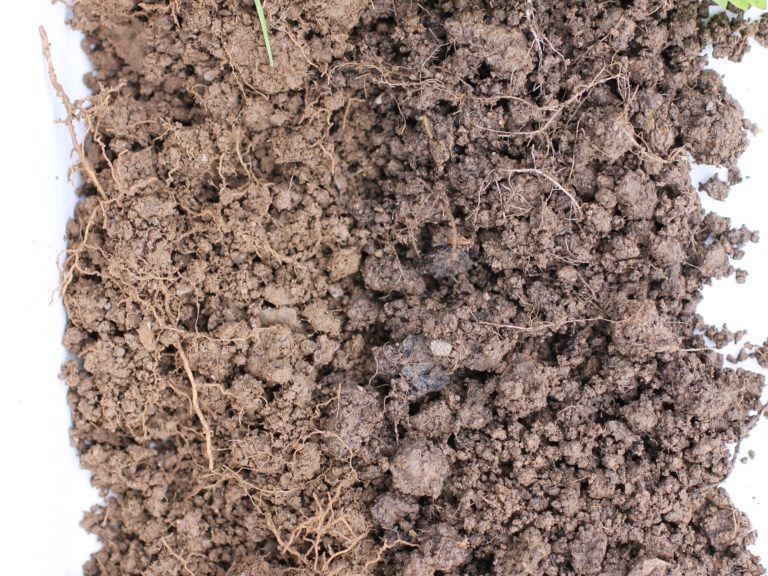Home / Nature & Environment / Agriculture / Future Food: Sustainable Food Systems for the 21st Century / Let’s look at soils
This article is from the free online
Future Food: Sustainable Food Systems for the 21st Century


Reach your personal and professional goals
Unlock access to hundreds of expert online courses and degrees from top universities and educators to gain accredited qualifications and professional CV-building certificates.
Join over 18 million learners to launch, switch or build upon your career, all at your own pace, across a wide range of topic areas.

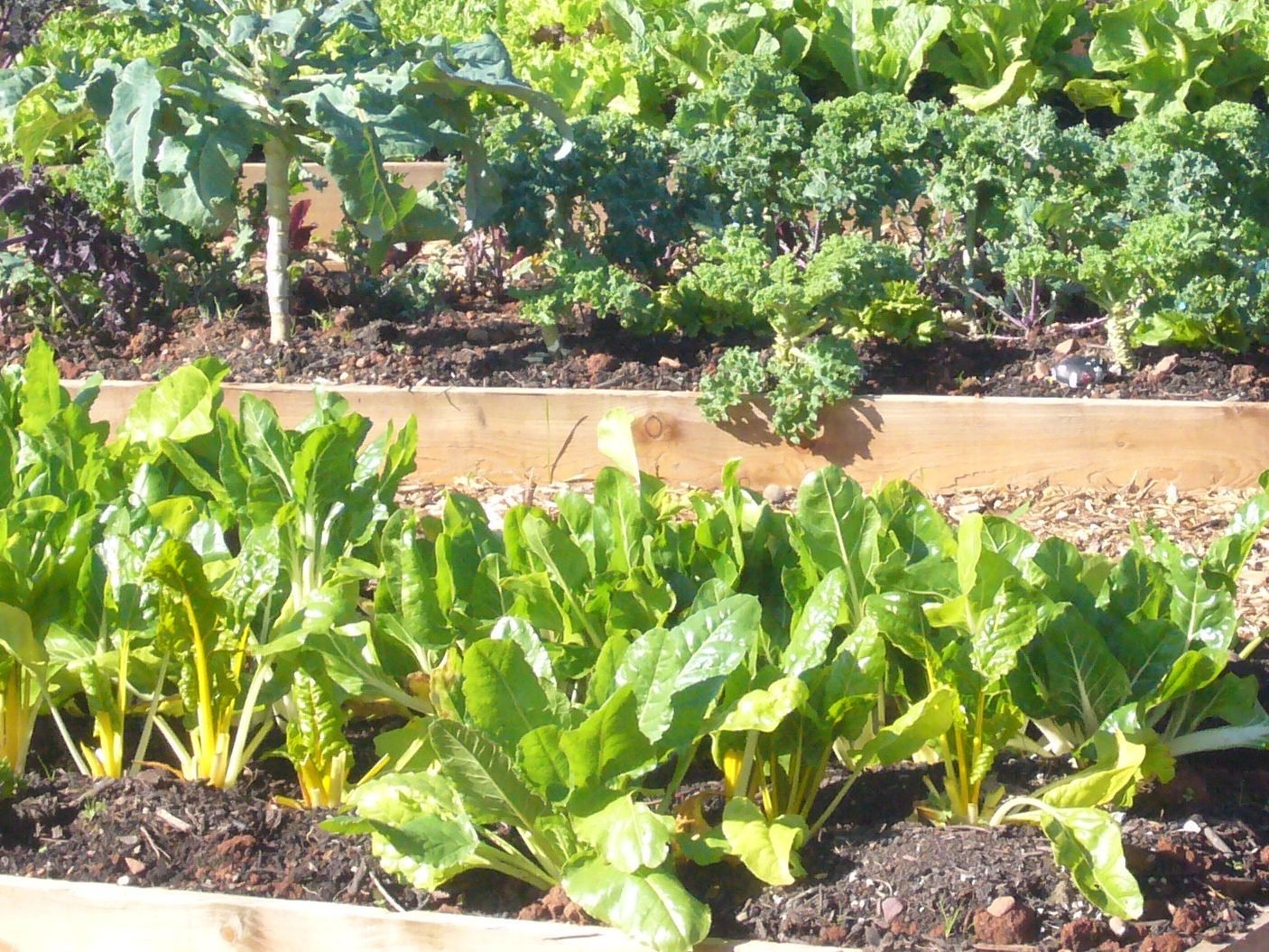
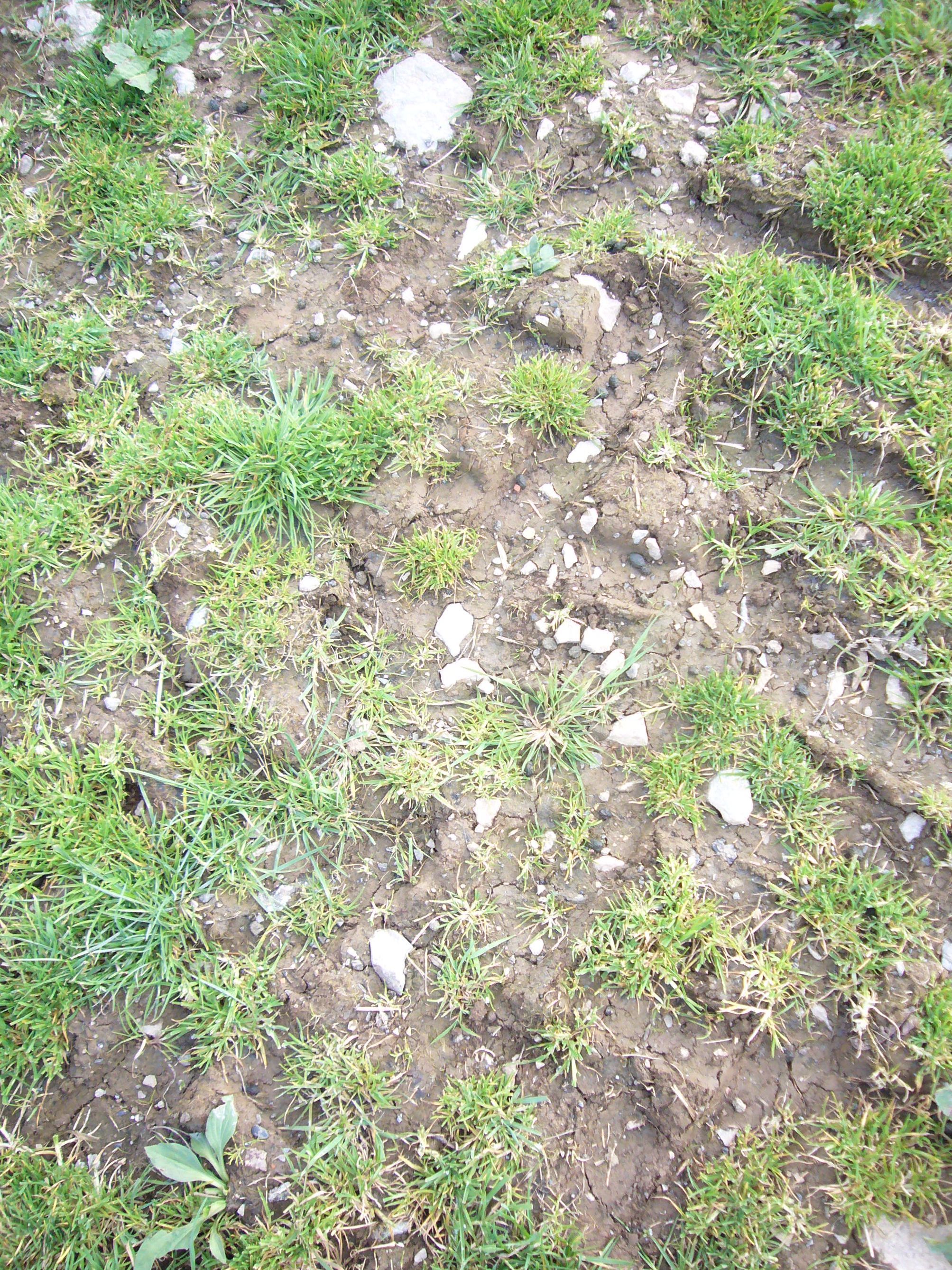
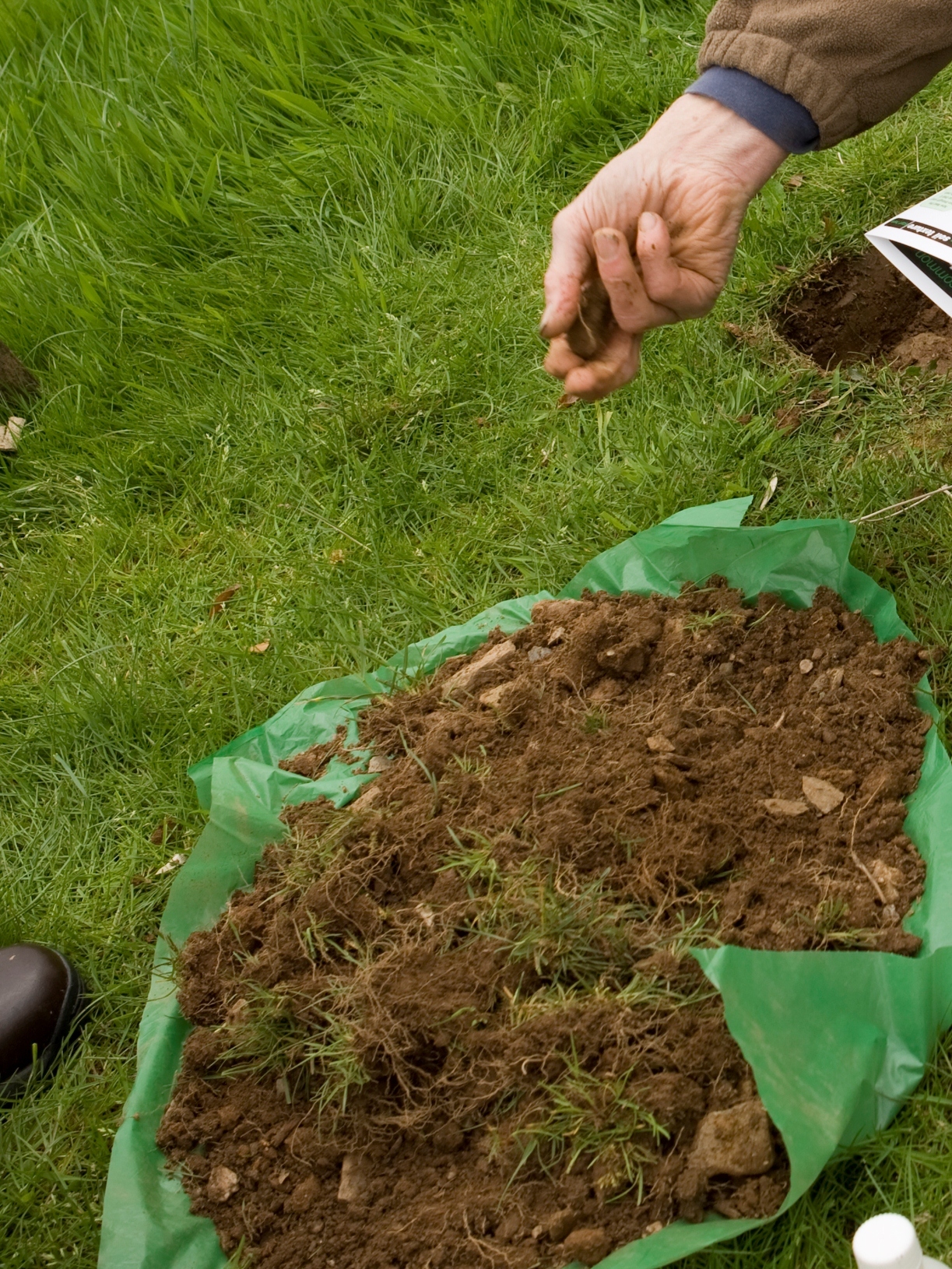 Dig out a block of soil, as wide and deep as the spade. Place the soil block on the sheet. Pull the soil apart and examine it closely.
Dig out a block of soil, as wide and deep as the spade. Place the soil block on the sheet. Pull the soil apart and examine it closely. 